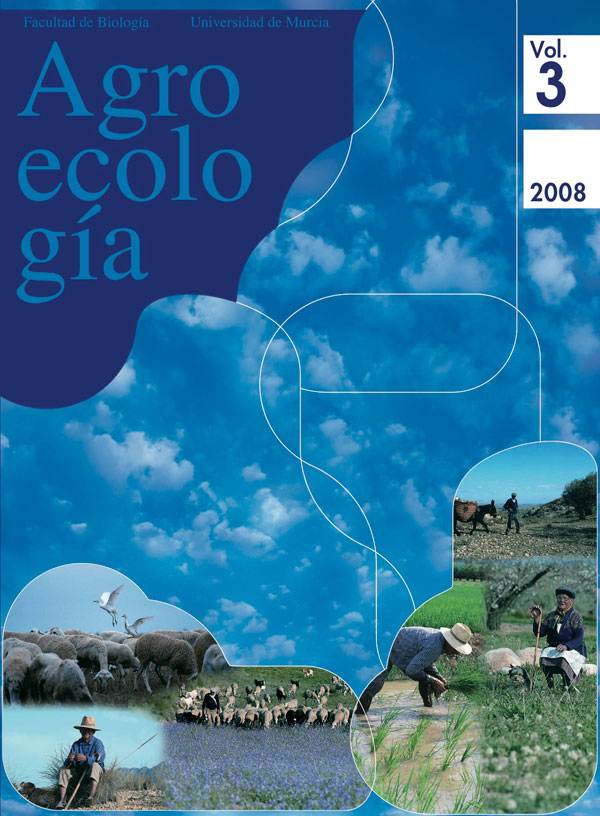Evaluation of foliar fungal diseases incidence in winter and spring cereals in Spain. Periodo 1993-1996
Abstract
This work presents the analytical results for the evaluation of fungal foliar pathogens in cereal crops (wheat, triticale and barley) for three consecutive campaigns: 1993-94, 1994-95 and 1995-96. In the first season 154 varieties were evaluated. During the second year 145 varieties were evaluated and in 1995-1996 161 varieties were evaluated and the observations were extended to 9 cultivars of oats. The varieties were grown in eight provinces were cereals is the main agricultural crop. The results showed that the most important pathogens were: Septoria tritici, Blumeria graminis f. sp. tritici, Puccinia recondita f. sp. tritici and Pyrenophora teres on soft wheat (spring and winter), durum wheat and triticale. The presence of yellow rust (Puccinia striiformis f. sp. tritici) was very lightly. On Barley (spring and summer), Pyrenophora teres, Rhynchosporium secalis and Blumeria graminis f. sp. hordei were detected. And on oats varieties Puccinia coronata (crowned rust) was the most frequently isolated. Differences between varieties for resistance to any of the pathogens could not be settle.Downloads
Las obras que se publican en esta revista están sujetas a los siguientes términos:
1. El Servicio de Publicaciones de la Universidad de Murcia (la editorial) conserva los derechos patrimoniales (copyright) de las obras publicadas, y favorece y permite la reutilización de las mismas bajo la licencia de uso indicada en el punto 2.
2. Las obras se publican en la edición electrónica de la revista bajo una licencia Creative Commons Reconocimiento-NoComercial-SinObraDerivada 3.0 España (texto legal). Se pueden copiar, usar, difundir, transmitir y exponer públicamente, siempre que: i) se cite la autoría y la fuente original de su publicación (revista, editorial y URL de la obra); ii) no se usen para fines comerciales; iii) se mencione la existencia y especificaciones de esta licencia de uso.
3. Condiciones de auto-archivo. Se permite y se anima a los autores a difundir electrónicamente las versiones pre-print (versión antes de ser evaluada) y/o post-print (versión evaluada y aceptada para su publicación) de sus obras antes de su publicación, ya que favorece su circulación y difusión más temprana y con ello un posible aumento en su citación y alcance entre la comunidad académica. Color RoMEO: verde.





